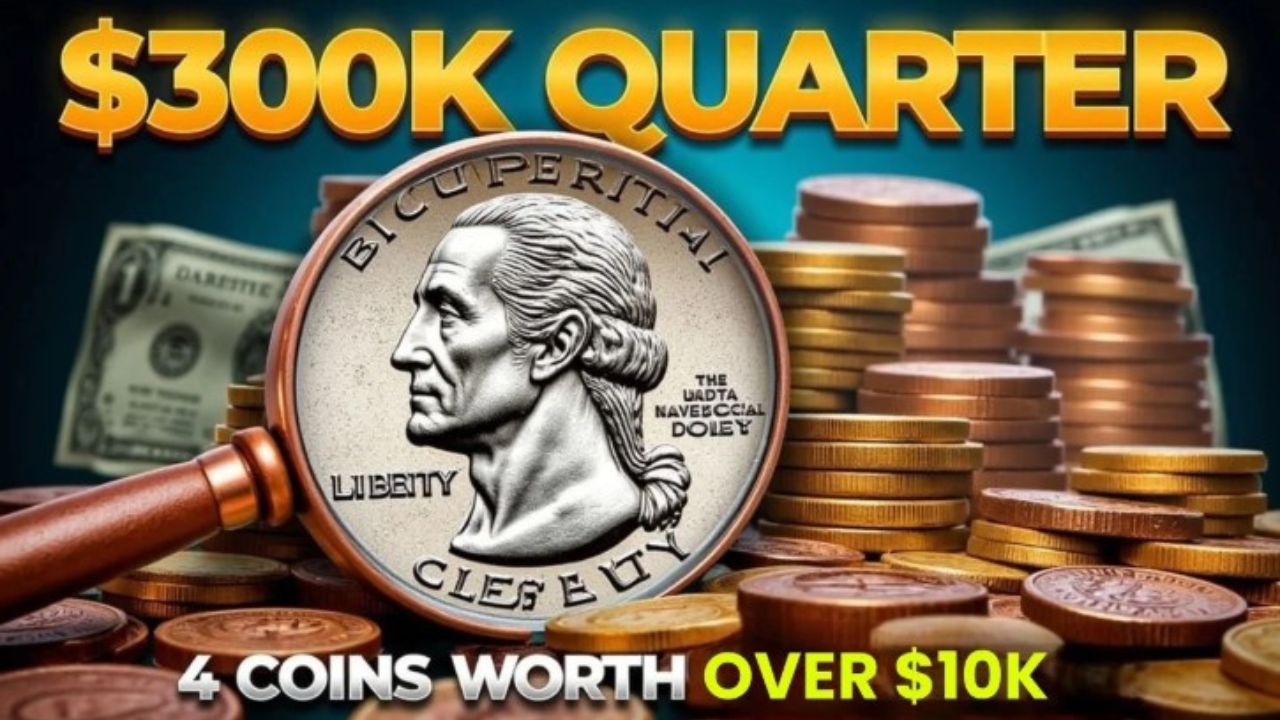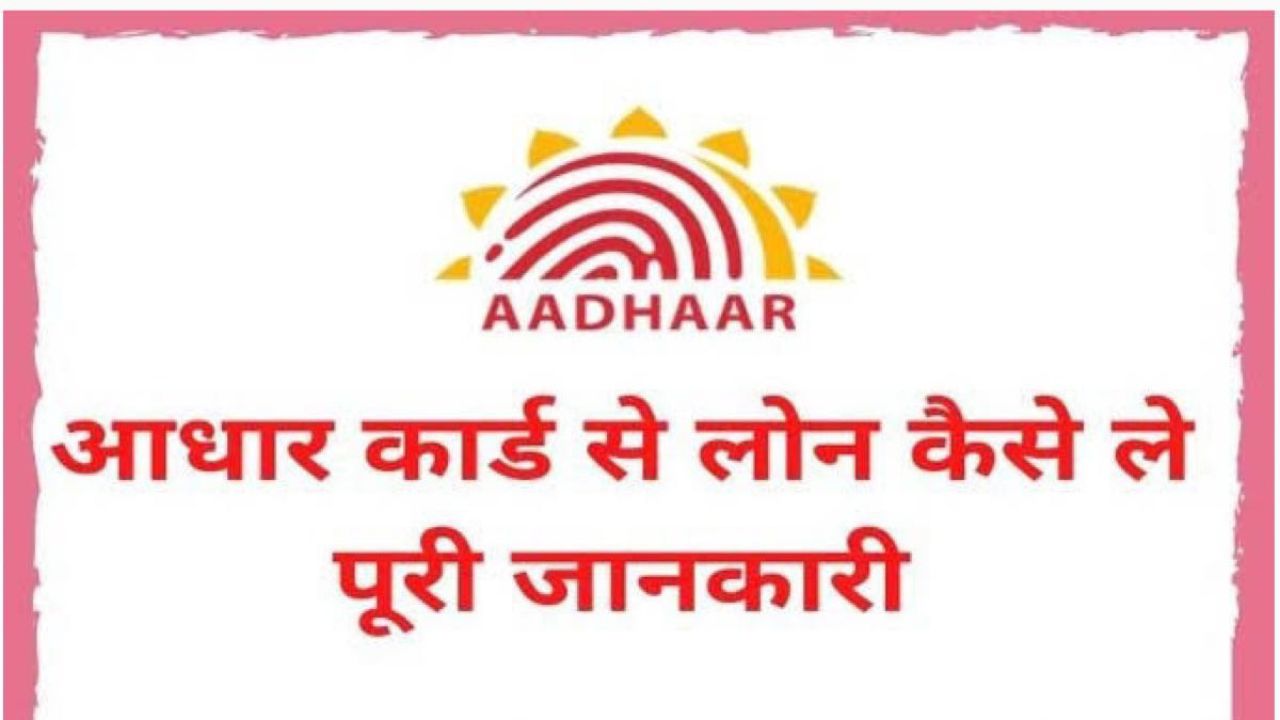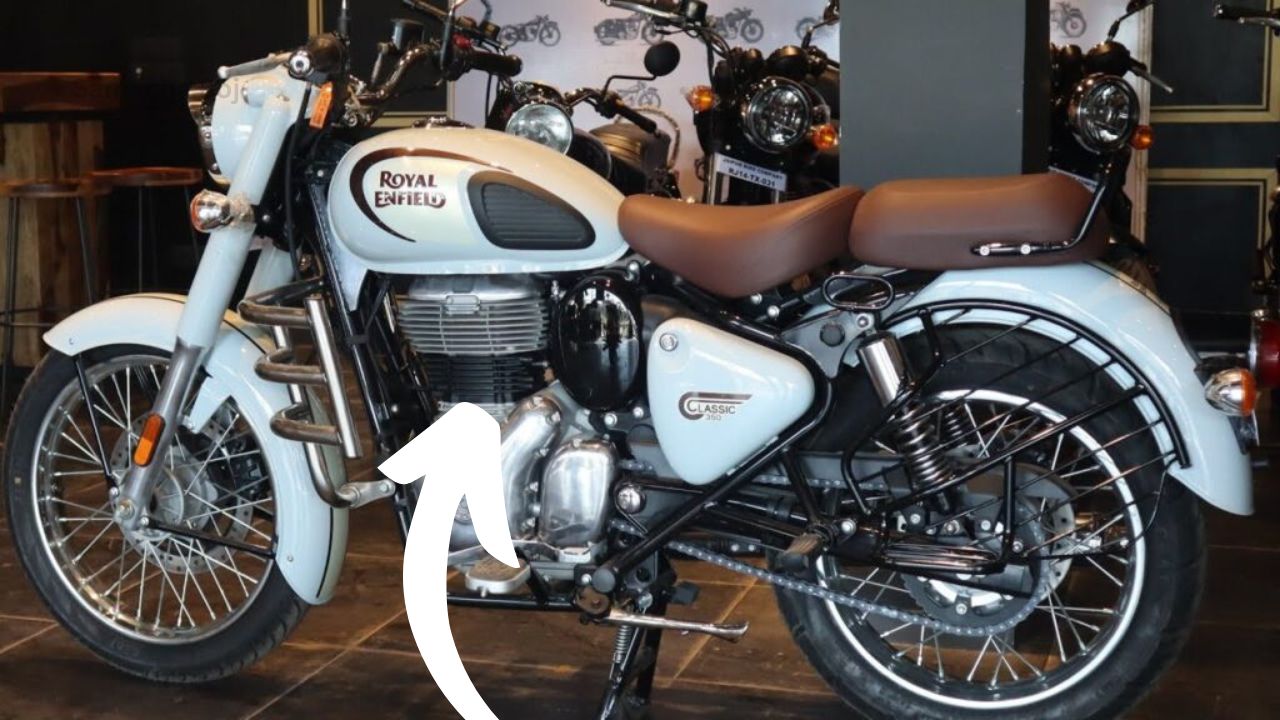Have you ever rummaged through your loose change, hoping to find something special? Maybe a shiny coin that catches your eye or one that feels just a bit different? For most of us, pocket change is just that—quarters, dimes, and pennies we toss into a jar without a second thought. But what if I told you that some coins hiding in plain sight could be worth thousands, or even hundreds of thousands, of dollars? One such gem is the rare Bicentennial Quarter, valued at nearly $300,000, alongside four other coins that could fetch over $10,000 each. Let’s dive into the fascinating world of numismatics and uncover these treasures together.
What Makes a Coin Valuable?
Before we explore these specific coins, let’s talk about why some coins are worth so much more than their face value. Rarity, condition, historical significance, and minting errors all play a role. A coin might be rare because only a few were made, or it could have a mistake—like a double-stamped design—that makes it unique. The better the condition, the higher the value, especially if it’s “uncirculated” or barely touched. And coins tied to important moments in history? They’re like tiny time capsules collectors can’t resist.
Think of it like finding a first-edition book or a vintage baseball card. The fewer there are, and the better they’re preserved, the more they’re worth. Now, let’s meet the stars of our treasure hunt.
The $300,000 Bicentennial Quarter: A Revolutionary Rarity
A Coin Born from Celebration
In 1976, the United States celebrated its 200th birthday with fireworks, parades, and, of course, coins. The Bicentennial Quarter was minted to mark this milestone, featuring a unique design: George Washington on the front and a colonial drummer on the back, with the dual date “1776-1976.” Most of these quarters were made of copper-nickel clad and are worth just 25 cents. But a rare few are pure treasure.
The Silver Error That Changed Everything
Here’s where the story gets juicy. Some Bicentennial Quarters were accidentally struck on 40% silver planchets meant for special collector sets. These silver quarters slipped into circulation by mistake, and one in near-perfect condition recently sold for nearly $300,000 at auction. Why so valuable? It’s a combination of the silver content, the minting error, and its pristine state—graded as MS-69, one step below perfection.
I heard about a guy named Tom, a retiree in Ohio, who found one of these in his dad’s old coin jar. He took it to a local coin shop on a whim, and the dealer’s jaw dropped. It wasn’t quite $300,000, but it was enough to fund his dream fishing boat. Stories like Tom’s make you wonder what’s hiding in your own change.
How to Spot It
Want to check your quarters? Look at the edge. A normal Bicentennial Quarter has a copper stripe, but a silver one is solid and shiny. It’s also slightly heavier—about 5.75 grams compared to 5.67 grams for the clad version. If you think you’ve got one, get it professionally graded by a service like PCGS or NGC. That’s the only way to know its true value.
Four Other Coins Worth Over $10,000
The Bicentennial Quarter isn’t the only coin that could make your jaw drop. Here are four others that collectors are scrambling to find, each with its own story and price tag.
1. 1896-S Barber Quarter: The San Francisco Rarity
A Glimpse into the Gilded Age
Minted between 1892 and 1916, Barber Quarters are named after their designer, Charles E. Barber. The 1896-S is the holy grail of this series. Why? The San Francisco Mint produced only 188,039 that year, and very few survived in good condition. A high-grade example can easily fetch $10,000 or more at auction.
Why It’s Worth So Much
Low mintage is the key here. Imagine a limited-edition sneaker drop—only a handful exist, and everyone wants one. Add to that the coin’s age and the fact that many were worn down in circulation. If you find one with sharp details and minimal scratches, you’re holding a small fortune.
How to Identify It
Check for the “S” mint mark under the eagle on the reverse. Even a worn 1896-S is valuable, but a near-mint one is a collector’s dream. My friend Sarah, a hobbyist collector, once found one at a flea market for $5. She had it graded, and it sold for $12,000. Talk about a lucky day!
2. 1950-D Washington Quarter: The Doubled Die Delight
A Mistake That Pays Off
The Washington Quarter, featuring our first president, has been around since 1932. The 1950-D version from the Denver Mint is special because of a doubled die error, where the reverse lettering appears doubled. This mistake happened during the minting process, making the coin a rare oddity. High-grade examples sell for $10,000 and up.
A Collector’s Dream Find
The doubling is visible to the naked eye, which makes it exciting to hunt for. Picture spotting a typo in a rare book—it’s that kind of thrill. Collectors love these errors because they’re like Easter eggs from the mint. One sold for $15,000 last year, and prices keep climbing.
How to Spot It
Look at the back of the coin, especially the words “UNITED STATES OF AMERICA.” If the letters look like they’re overlapping, you might have a winner. Use a magnifying glass to be sure, and don’t clean the coin—it could lower its value.
3. 1804 Draped Bust Quarter: A Piece of Early America
A Coin with History
The Draped Bust Quarter, minted in the early days of the U.S. Mint, is a collector’s favorite. The 1804 edition is especially rare because of its low mintage—only a few thousand were made. With Lady Liberty on the front and an eagle on the back, it’s a snapshot of a young nation. Values start at $10,000, with pristine examples hitting six figures.
Why It’s a Treasure
Age and scarcity are the drivers here. Coins from the early 1800s are hard to find, especially in good shape. They’re like holding a piece of the Founding Fathers’ era. One collector I read about found an 1804 quarter in a family heirloom box. It wasn’t perfect, but it still sold for $20,000.
How to Identify It
Check the date and design. The obverse shows Liberty with flowing hair and a draped dress, and the reverse has a small eagle. These coins are old, so even circulated ones are valuable. If it’s shiny and sharp, you’re in for a treat.
4. 1932-D Washington Quarter: The First of Its Kind
A New Era Begins
The 1932-D Washington Quarter was one of the first to feature George Washington, minted to celebrate his 200th birthday. The Denver Mint made only 436,800, making it one of the rarest in the series. In top condition, it can sell for $10,000 or more.
Why Collectors Love It
Low mintage and historical significance make this coin a standout. It’s like owning the first model of a classic car. Even in average condition, it’s worth hundreds, but a mint-state one is a goldmine.
How to Spot It
Look for the “D” mint mark under the eagle. The 1932-D is often confused with the more common 1932 Philadelphia version, which has no mint mark. A coin dealer once told me about a customer who brought in a 1932-D thinking it was ordinary. It sold for $11,500 after grading.
Tips for Finding Valuable Coins
Now that you know what to look for, how do you start your treasure hunt? Here are some practical tips:
- Check Your Change: Look at every quarter in your wallet, piggy bank, or cash register. You never know what’s circulating.
- Visit Coin Shops: Local dealers can help you identify potential gems and offer grading services.
- Attend Coin Shows: These events are goldmines for learning and finding rare coins.
- Join Online Communities: Forums like Reddit’s r/coins or the PCGS CoinFacts website are great for advice and spotting trends.
- Don’t Clean Coins: Cleaning can damage the surface and tank the value. Leave that to professionals.
I remember my uncle showing me his coin collection when I was a kid. He’d point out little details, like mint marks and wear patterns, with a twinkle in his eye. It felt like a secret club, and now I get why he loved it so much.
The Thrill of the Hunt
Coin collecting isn’t just about money—it’s about the stories, the history, and the thrill of discovery. Every coin has a tale, from the mint worker who made a mistake to the person who tucked it away decades ago. The $300,000 Bicentennial Quarter and these four other coins are proof that treasures are still out there, waiting to be found.
Take a moment today to dig through your change or dust off that old cigar box in the attic. You might not find a $300,000 quarter, but even a $10,000 coin would be a heck of a story to tell. And who knows? Maybe you’ll catch the collecting bug like I did.
FAQ: Your Questions About Valuable Coins Answered
What makes the Bicentennial Quarter worth $300,000?
It’s a rare version struck on a 40% silver planchet by mistake, meant for collector sets but released into circulation. Its near-perfect condition also boosts its value.
How can I tell if my quarter is silver?
Look at the edge. A silver quarter has a solid, shiny edge, while a regular one shows a copper stripe. Weigh it if you can—silver is heavier.
Where can I sell valuable coins?
Try reputable auction houses like Heritage Auctions, coin dealers, or online platforms like eBay. Always get the coin graded first for the best price.
Are all Bicentennial Quarters valuable?
No, most are worth 25 cents. Only those with silver content or minting errors, like the $300,000 one, are highly valuable.
What’s the easiest way to start coin collecting?
Begin with your pocket change! Look for unusual dates or mint marks, join a local coin club, and read up on sites like the U.S. Mint or PCGS.












